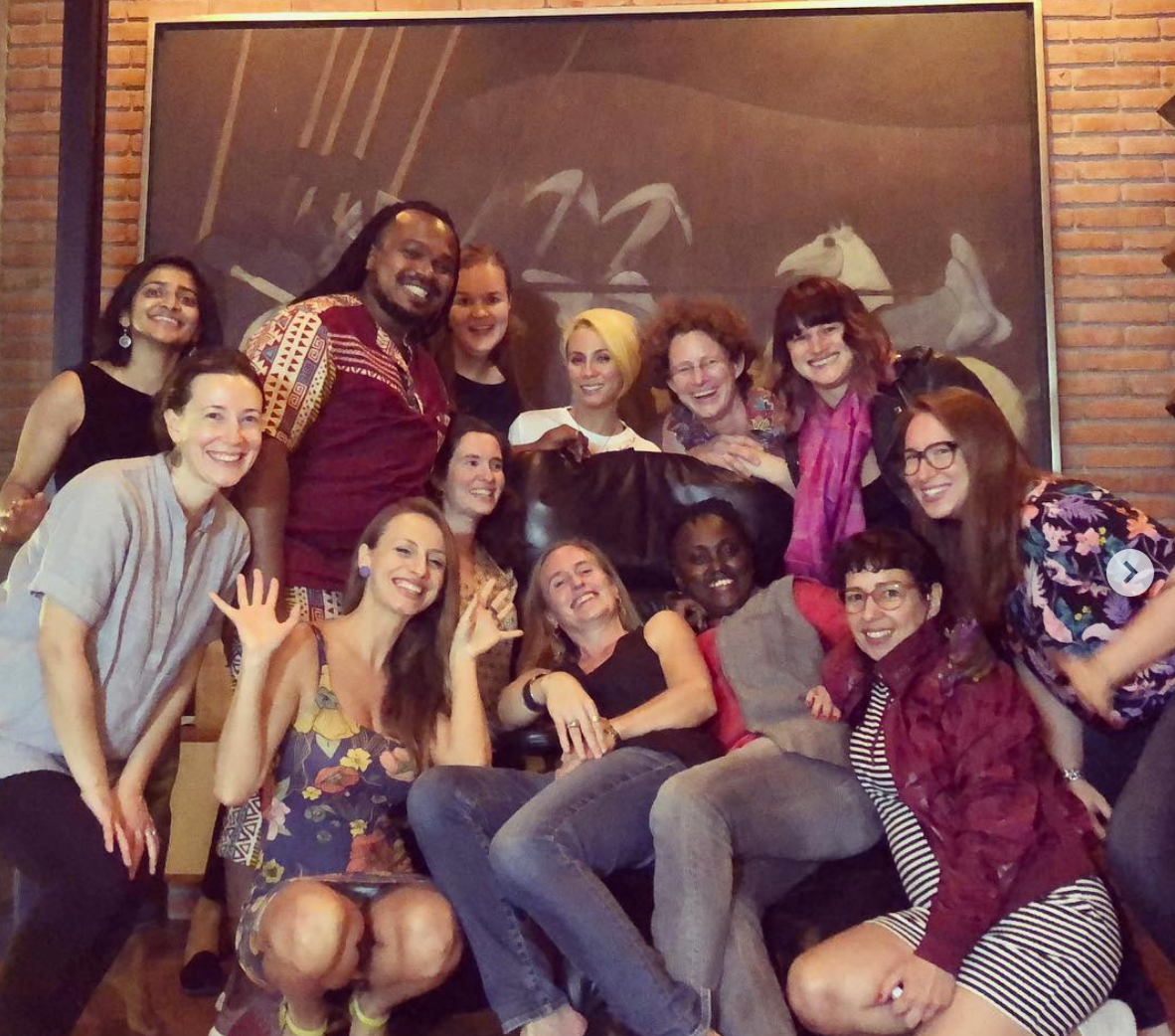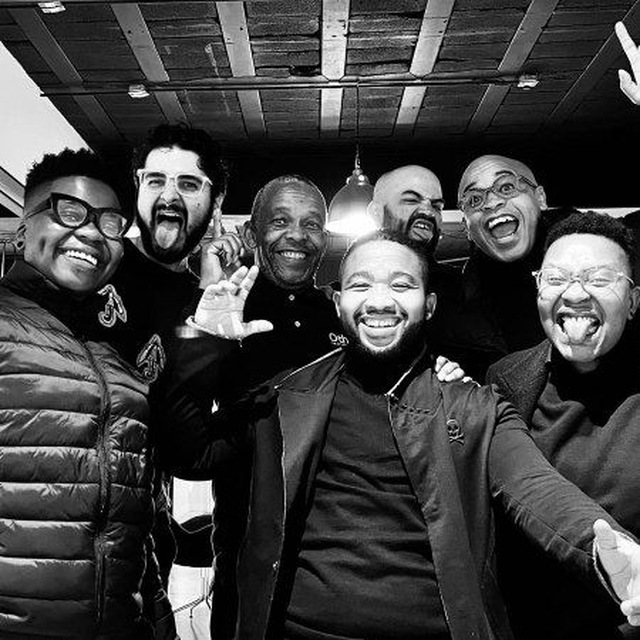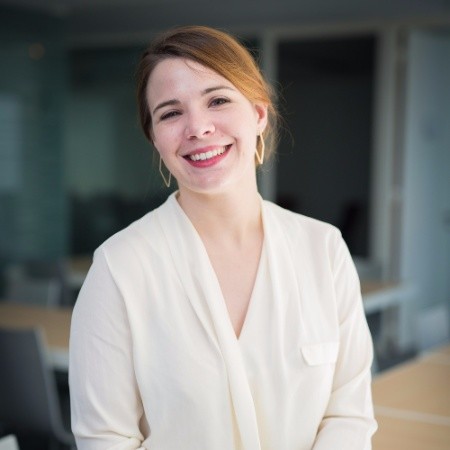From Scrappy Upstarts to Mainstream Movement: Why a New Tool Signals a Major Shift in Philanthropy
By Diana Samarasan and Katy Love*
—
Trust, feminism, justice, decolonization, localization, equity. What do all these terms and approaches used in philanthropy have in common? A shift in power that puts those most affected front and center. Participation is integral to human rights philanthropy.
About 10 years ago, many new “participatory grantmakers” – that is, funders who cede decision making authority about grants to the people they serve – started finding each other through Human Rights Funders Network (HRFN). Now with the publication of the Advancing Participation in Philanthropy Tool (APPT), we return to this community to reflect on our journey and encourage and support more funders to shift power in grantmaking.
Our Origin Story
It was a strong devotion to the principle of participation in philanthropy that brought the two of us together with other like-minded folks at HRFN conferences in the early 2010’s. At the time, Diana was the founding executive director of the Disability Rights Fund, and Katy was the director of grantmaking at the Wikimedia Foundation, the nonprofit that stewards Wikipedia. We found ourselves again and again in the same crowd at HRFN’s events, with Nadia van der Linde and Denn Ix from Red Umbrella Fund, Mutisya Leonard and Wanja Muguongo from UHAI – EASHRI, Ruby Johnson, Nevin Öztop and Jo Djordjevic from FRIDA | The Young Feminist Fund, and Rose Longhurst from The Edge Fund and FundAction.
Being some of the early practitioners of participatory grantmaking at global levels, we had in common the same question: “who decides?” In fact, this was the title of the first research publication on global participatory intermediaries, produced by the Lafayette Practice, which highlighted the funds we led.

The Momentum Builds
“During my first funder network meetings as Coordinator of the Red Umbrella Fund, I saw people turn their backs to me as soon as I mentioned ‘participatory’. It sounded too activist, too different, to many funders. And at that time I hadn’t even told them yet we were funding sex worker groups! If I did get a response, it was a “But why?”. But over time, with more conversations and more chances for me and peer participatory grantmakers to speak out on panels, in workshops, during informal meetings and in articles, the response shifted from “But why?” to “But how?”. That shift was a milestone.”
– Nadia van der Linde
Knowing that others wanted to learn from our work, we approached Jen Bokoff at Candid (formerly known as Foundation Center) with an idea for a potential Grantcraft Guide. These guides had been meaningful to us when we started working in philanthropy. Jen and Grantcraft were excited about the idea and began planning. Soon we secured funding from Ford Foundation and Open Society Foundations. Cynthia Gibson, nonprofit and philanthropy consultant, was brought on board to lead the process of creating the guide and developing the content with Jen, with many members of our Collective as advisors. It features stories and case studies from many of the original participatory grantmakers – members of the Funding Exchange and HRFN and more – including Rawa Fund, Global Greengrants Fund, International Trans Fund, RSF Social Finance, Third Wave Fund, and Robert Carr Fund.
The Guide, ‘Deciding Together: Shifting Power and Resources Through Participatory Grantmaking’ was launched in Mexico City, at the HRFN conference in 2018. With the support of Jen and Sarina Dayal, Senior Research Specialist at Candid, we also held a “funders institute” on the topic, which saw very high attendance and participation.
Jen Bokoff reflects, “.. “like successful [participatory grantmaking] processes, the conversations and work processes that led to the publication of the guide were an outcome in and of itself. All of us hosted various conversations and panels that could feed the guide and nourish each other’s ever-evolving thinking, and that’s part of why it was so powerful to engage in.”
The Guide has become a foundational resource for participatory grantmaking. As the interest in participatory grantmaking continues to swell, it is now accompanied by a vibrant self-organized community of practice, the Participatory Grantmaking community, developed by Hannah Patterson, and open to everyone.
But has philanthropy as a whole been transformed by these grantmaking practices? Movements for racial, gender and disability justice have certainly put pressure on society–and funders–to restructure inequitable power systems and change leadership and decision making structures and compositions. We have seen a steep increase in introspection within philanthropy, perhaps even an arc towards justice.
Still, many funders are struggling with how to shift power, how to transform accepted top-down systems that have been little questioned. Participation, like democracy, is an action. To practice it, one must be willing to learn and be comfortable with ongoing questions and iteration in structure and practice to address who is (and is not) included, where they are (and are not) included, and whose viewpoint is (and is not) heard and incorporated. Funders have asked for tools to help them consider participation in more than just their grantmaking – and we have responded.
The Launch of a New Tool
We felt certain that shifting power about grants decision-making was a first and critical step but not the only one needed. We had bigger shifts in mind. To help funders understand where they are on a spectrum of participation across a foundation’s functions, we have developed a self-assessment tool that looks at eight organizational functional areas, including governance, grants administration, monitoring, evaluation and learning, and others. This tool, the Advancing Participation in Philanthropy Tool (APPT), is intended for foundations to use and reuse, to regularly check their progress.
The tool, developed with funding from Porticus Foundation and through a participatory process, is available in an interactive online version, a downloadable PDF report, and an accessible Word document. It supports foundations to assess their baseline along a participation spectrum, which ranges from no or limited participation to some participation to substantial participation and finally, full participation. Each organizational functional area in the tool includes key indicators, questions, and statements which help users identify where their foundation lies on the spectrum.
The tool can be used by individuals. However, it is best used by teams working across departments, and at different decision making levels, to instigate internal dialogue and increase joint understanding about how participation is functioning or can function within a funding institution. It also showcases a number of additional resources – many of which we found useful in developing the APPT – that foundations can use to advance their work to a next level.
With the Tool in Hand, Onwards!
We are heartened by the growing number of practitioners and funders engaged in participatory philanthropy, as well as the increase in resources that support it. We can see that the opening we had envisioned in philanthropy and had advocated for collectively is here. The question is whether expressed desire for change within foundations will actualize and whether it will go far enough.
Our biggest hope for our tool is that it helps funders put into practice iterative processes and the internal dialogue key to shifting power. It is time we all see that expanding participation in who controls resources – especially the participation of those most often left out – is the greatest impact we can achieve.
—
Featured image courtesy of Candid
* Diana Samarasan is an independent consultant supporting global organizations and grantmakers to grow their work on disability rights, justice, and inclusion, and expand participatory practices. Together with Katy Love, she is the author of the new tool supporting foundations to self-assess participatory practices – the Advancing Participation in Philanthropy Tool. She is the founder and previous Executive Director of participatory grantmakers, the Disability Rights Fund (DRF) and the Disability Rights Advocacy Fund (DRAF).
* Katy Love is an experienced practitioner of and advocate for participatory grantmaking, a practice that moves decision-making about grants from funders to the people impacted by those funds. As an independent consultant and trained facilitator, Katy works with funders globally to shift power from their institutions to the people or movements that funders aim to serve.


